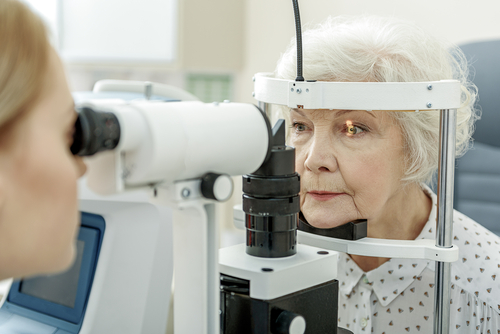
Types Of Cataracts And Why They Matter
When you or a loved one has a cataract, your doctor may not give much information about the problem or explain the issue in a way that makes sense. Here is what you need to know:
Cataract Basics
Cataracts are a natural part of the aging process. It is not uncommon for seniors to experience changes in vision as the crystalline lens in their eye becomes more opaque. Cataracts can also be caused by trauma, certain medications, and systemic diseases. Eventually, a cataract surgery may be warranted. However, until the cataract matures, surgery is often not recommended simply because the patient still has pretty good vision.
Cataract Types
There are several different types of cataracts including traumatic, capsular, cortical, and nuclear. The two most common age-related cataracts are cortical and nuclear. In the case of both cataracts, the patient will have good visual acuity until the advanced stages. This is because cataracts do not affect the visual axis of the patient. Posterior capsular cataracts can also occur with age or in relation to medications or diseases. Visual acuity is immediately affected by posterior subcapsular cataracts. Finally, traumatic cataracts occur after significant trauma to the eye. These types of cataracts may develop months or even years following the trauma and will often affect vision as they develop.
Cataract Symptoms
Symptoms vary depending on the type of cataract. While posterior subcapsular cataracts immediately decrease visual acuity, other cataracts may cause halos, night blindness, and other disturbances.
As a caregiver, it is important to monitor the visual health of your loved ones and to do your best to follow the doctor’s instructions. Cataract development is influenced by a variety of different factors and a cataract that is too developed can cause additional problems within the eye- including glaucoma.
- Pumpkin Bars - September 10, 2021
- A Memory Worth Repeating… - August 25, 2021
- A Mid-Week Surprise - August 20, 2021